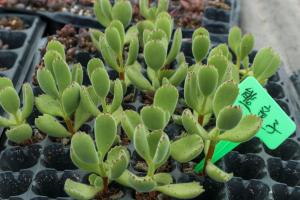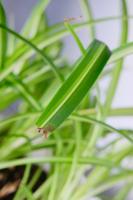Can I Cut My Tomato Plants Back?
Tomatoes are one of the most popular backyard garden vegetables, and for good reason. They’re easy to grow, produce delicious fruits, and come in many varieties. However, as with any plant, tomatoes require some maintenance to keep them healthy and productive. One question that often arises is – can I cut my tomato plants back?
Why Cut Back Tomato Plants?
There are a few reasons why you might want to consider cutting back your tomato plants. First, if your plants are growing too tall, they may become unstable and can topple over. Cutting them back will help them stay more compact and better able to support themselves.
A second reason to consider cutting back your tomato plants is to redirect their energy towards fruit production. If your plants are putting all their resources into growing leaves and stems, they may not produce as much fruit as you’d like. Cutting back the foliage can help shift the plant’s focus towards fruit production.
When to Cut Back Tomato Plants
The best time to cut back your tomato plants depends on your goals. If you’re cutting back to keep your plants from getting too tall, you can trim them any time they get too large. Ideally, you should do this before they become too top-heavy, so that they have time to adjust to the pruning before the fruit appears.
If you’re cutting back to redirect the plant’s energy towards fruit production, wait until the plant has set some fruit. Then, trim away some of the non-fruit bearing stems and foliage. Leave enough foliage to protect the fruit from the sun, but remove enough to allow light and air to circulate around the fruit.
How to Cut Back Tomato Plants
Cutting back tomato plants is a straightforward process. Use a pair of clean, sharp scissors or pruning shears to make clean cuts. Cut just above a leaf node, which is where the leaf meets the stem. This will help prevent damage to the plant and promote new growth.
When trimming your plants for height, remove the uppermost portion of the plant. Look for the point where the main stem meets the side stems and cut just above that point. This will help promote bushier growth and prevent the plant from becoming too tall.
When trimming for fruit production, focus on the non-fruit bearing stems and leaves. Remove about a third of the plant’s foliage, leaving enough to protect the fruit but not so much that it blocks light and air circulation.
Conclusion
Cutting back your tomato plants can be a useful tool for keeping them healthy and productive. Whether you’re trimming for height or fruit production, make sure to use clean, sharp tools and cut just above a leaf node to promote new growth. With a little pruning, you can help your tomatoes produce a bountiful crop of delicious fruits.

 how many times do yo...
how many times do yo... how many planted tre...
how many planted tre... how many pine trees ...
how many pine trees ... how many pecan trees...
how many pecan trees... how many plants comp...
how many plants comp... how many plants can ...
how many plants can ... how many plants and ...
how many plants and ... how many pepper plan...
how many pepper plan...































